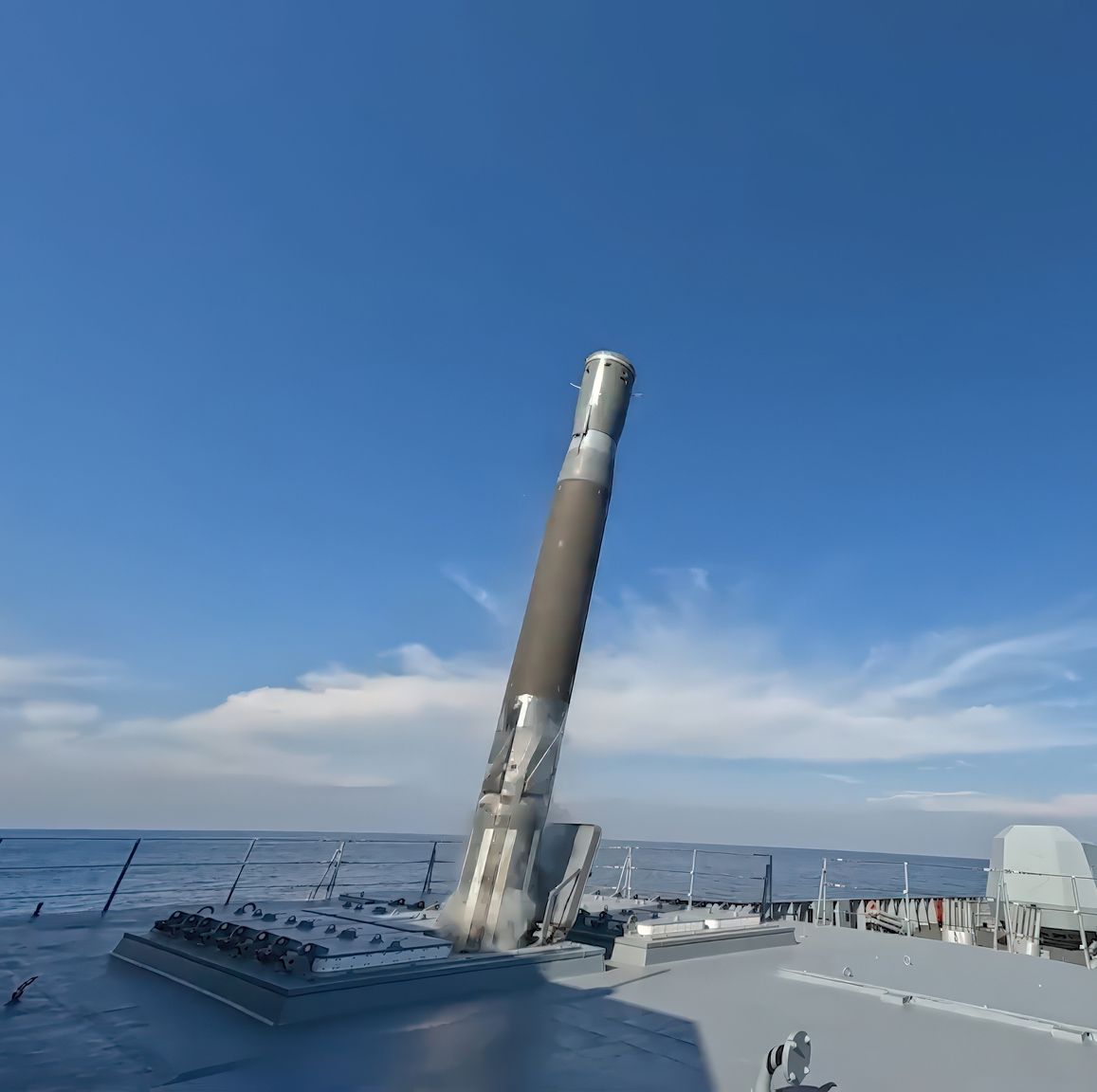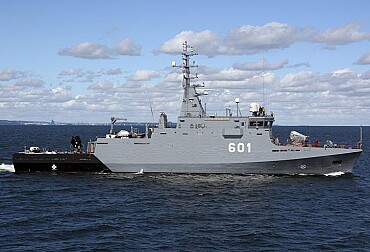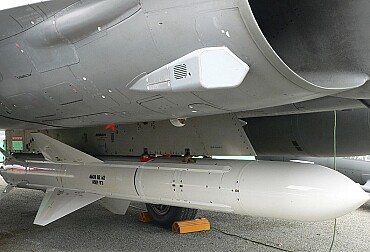Russia Tests Advanced Zircon Anti-Ship Missile on Ukrainian Land Target: A Divergence from Doctrine
In a move that signals either a tactical adaptation or a desperate attempt to test advanced weaponry, Russia has reportedly deployed its cutting-edge Zircon anti-ship missile against a ground target in Ukraine's Sumy region. This unusual deployment utilizes a weapon specifically designed to neutralize high-value naval assets, primarily those of the United States, raising questions about Russia's evolving missile strategy and the operational capabilities of its much-touted hypersonic systems.

The strike, first reported by the Ukrainian defense outlet Militarnyi, targeted critical infrastructure within the Sumy region. According to the publication, the missile was launched from the vicinity of Cape Chauda in occupied Crimea, with the Ukrainian military confirming that the direction and type of launch were consistent with previous long-range Russian attacks. However, the choice of the Zircon, a weapon built for naval engagement, for a land-attack role is highly irregular.
The Zircon missile, a product of Russian industry and currently exclusive to the Russian Navy, was developed as a hypersonic anti-ship weapon. Its core mission is to strike moving maritime targets at extended ranges, particularly posing a threat to powerful naval platforms. Its deployment aboard various classes of vessels, including Project 22350 frigates, Yasen-M multipurpose submarines, and modernized Project 949A Antey nuclear-powered submarines, underscores its strategic importance within Russia's naval doctrine. Advertised by Moscow as a formidable hypersonic system, its actual operational use since the start of the full-scale war in Ukraine has been relatively limited.
This is not the first instance of a Zircon missile being used in the Sumy region. A previous launch on August 21 reportedly failed to hit its intended target, suggesting that Russia may be utilizing these combat scenarios to gather crucial data on the missile's performance. Ukrainian analysts interpret these strikes as potential live-fire tests, aimed at understanding the Zircon's behavior and efficacy when redirected from its primary anti-ship mission to engaging static ground facilities. Such testing in a real combat environment could provide invaluable insights for Russian military planners, even if the weapon is not ideally suited for such roles.
The implications of this development are multi-faceted. On one hand, it could indicate a tactical flexibility by Russia, willing to adapt its advanced arsenal to evolving battlefield needs, possibly due to a depletion of more conventional land-attack munitions or a desire to maintain psychological pressure on Ukraine. On the other, it could highlight an ongoing effort to push the boundaries of its most modern weapons in a live environment, perhaps to iron out kinks or expand their operational envelopes beyond original design specifications.
As of now, Ukrainian officials have not released detailed information regarding the extent of the damage in the Sumy region or confirmed whether the Zircon missile successfully reached its objective. The Air Force's statements have focused on the technical aspects of the launch—its direction, the type of launch platform, and the general category of the intended target—without providing a definitive assessment of the strike's outcome. The continued use of such an advanced and specialized weapon in an unconventional role will undoubtedly remain a focal point for military observers and intelligence agencies alike, as they seek to decipher Russia's evolving strategies and the true capabilities of its hypersonic arsenal.









